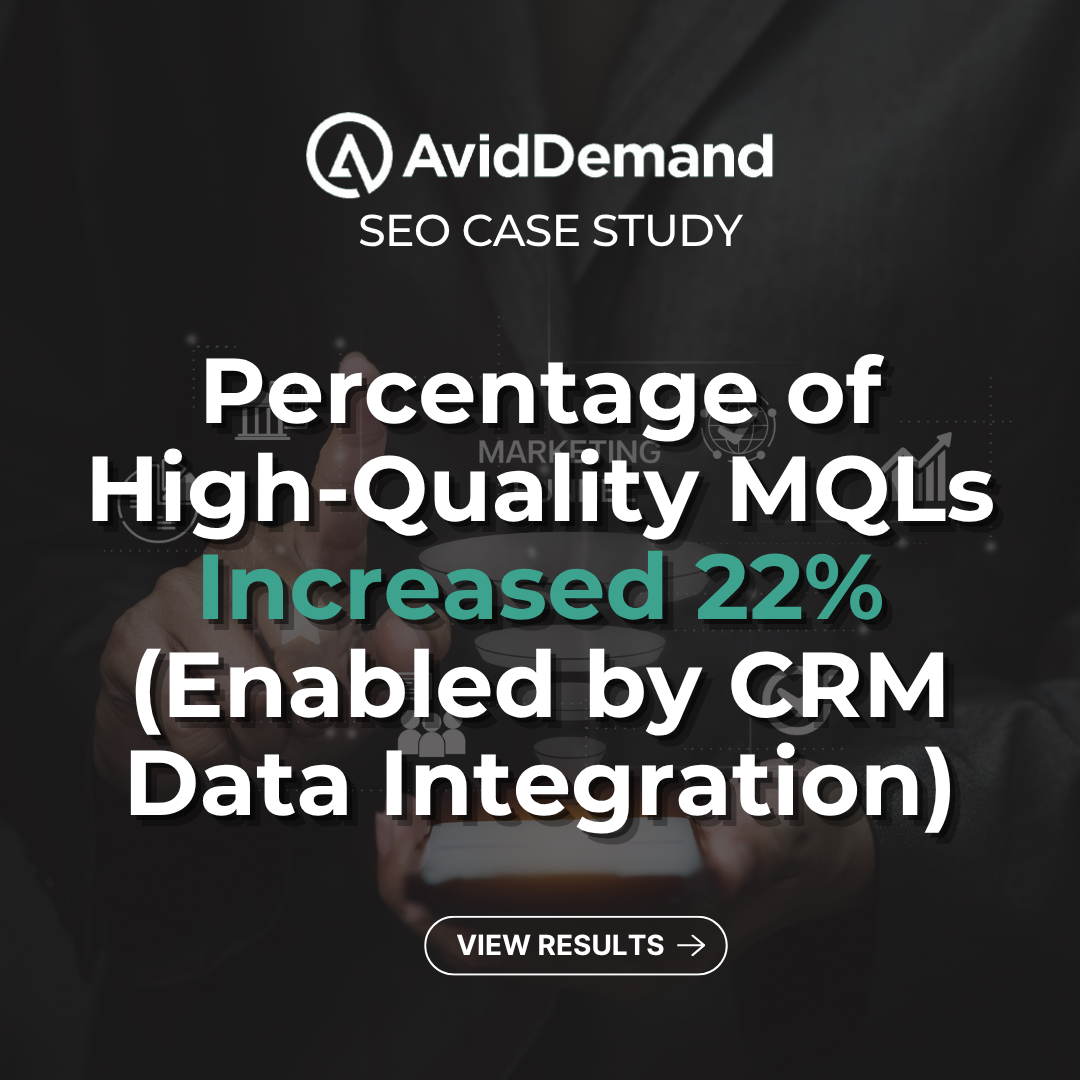What is Sales Enablement and Why Your Business Needs It
“Sales Enablement” has emerged as a crucial strategy for organizations seeking to streamline their marketing and sales processes and drive sustainable growth. By understanding the essence of sales enablement, exploring its benefits, and implementing key strategies for successful execution, businesses can achieve marketing and sales success.

Sales enablement is a strategic approach that equips marketing and sales teams with the tools, resources, and information necessary to engage effectively with prospects and close deals. It involves aligning marketing and sales efforts to create a seamless customer journey, empowering sales representatives with the right content and insights at every stage of the buy cycle.
Embracing sales enablement offers a multitude of benefits, including improved productivity, enhanced customer experiences, and increased revenue generation. By providing sales and marketing teams with relevant and targeted content, marketing automation facilitates personalized interactions with prospects, leading to higher conversion rates and improved customer satisfaction.
What Platforms Do I Need to Build a Sales Enablement Tech Stack?
Here is a short list of example platforms with an explanation of how each is used in a Sales Enablement process.
CRM:
- Platforms include: Salesforce, HubSpot, Microsoft Dynamics
- Usage: CRM systems are used to manage customer relationships, track interactions, and provide a unified view for sales teams.
Marketing Automation:
- Platforms include: Marketo, HubSpot, Pardot
- Usage: These platforms automate marketing processes, lead nurturing, and communication to ensure personalized and timely interactions with prospects.
Content Personalization:
- Platforms include: Adobe Target, Evergage, Optimizely
- Usage: Personalization tools allow you to tailor marketing content based on customer segmentation and behavior to provide relevant and impactful resources.
ABM (Account Base Marketing):
- Platforms include: Demandbase, Terminus, 6sense
- Usage: ABM (Account-Based Marketing) tools enable marketing to specific target accounts. They provide insights into engagement and progression by individual prospects and by target accounts.
Website Analytics & Insights/Data Visualization:
- Platforms include: Google Analytics, Mixpanel, Tableau
- Usage: Analytics platforms allow you to continuously monitor and analyze the performance of sales strategies, leveraging data insights to refine and optimize processes for improved results.
Benefits of an Integrated Sales Enablement Solution
In conclusion, crafting a robust Sales Enablement tech stack is essential for organizations aiming to enhance their sales and marketing processes and achieve sustainable growth.
- Integrating CRM systems like Salesforce, HubSpot, or Microsoft Dynamics provides a unified view of customer interactions, aiding sales teams in managing relationships effectively.
- Utilizing marketing automation platforms such as Marketo, HubSpot, or Pardot automates crucial processes, ensuring personalized interactions and timely communication with prospects.
- Implementing content personalization tools like Adobe Target, Evergage, or Optimizely tailors marketing content based on customer behavior, providing sales teams with impactful resources.
- Incorporating a tool like Demandbase for Account-Based Marketing offers valuable insights into individual prospects, enhancing understanding through website engagement data.
- Finally, employing analytics and insights platforms like Google Analytics, Mixpanel, or Tableau enables continuous monitoring and optimization of sales enablement strategies, ultimately leading to improved results and a competitive edge in the dynamic market landscape.



